The nature of waters
In a timeless countryside
Surrounded by the quietest serenity, in a charming region stretching along the charming “risorgive” where the Friulan countryside gently shifts its shape and where land gives in to water. History touched the charming lands of Paradiso too, sometimes pandering to the peacefulness of its countryside, others – in contrast to its heavenly name “Paradise” – marking the last dreadful hours of a terrible tragedy, that is to say the First World War.
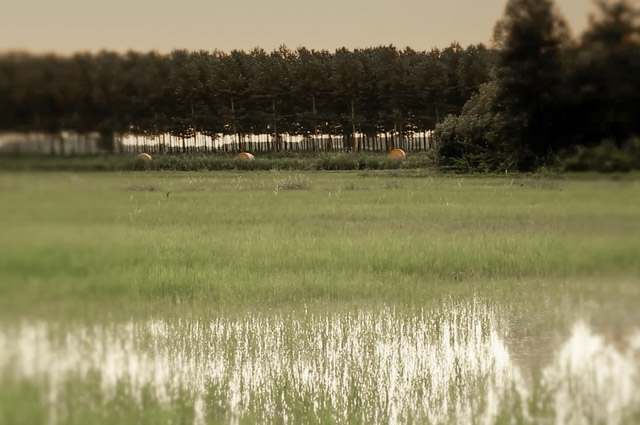
Friuli, in all its splendor
The “Bassa Friulana” area is a flat and fertile region rich in rivers and farms, where the luxuriant nature allows for a unique, marvelous scenario. It is in this very area that Paradiso is located, here in one of the most scenically attractive and distinctive spots of Friuli, close to the charming cities of Latisana, Codroipo, Palmanova and Aquileia.
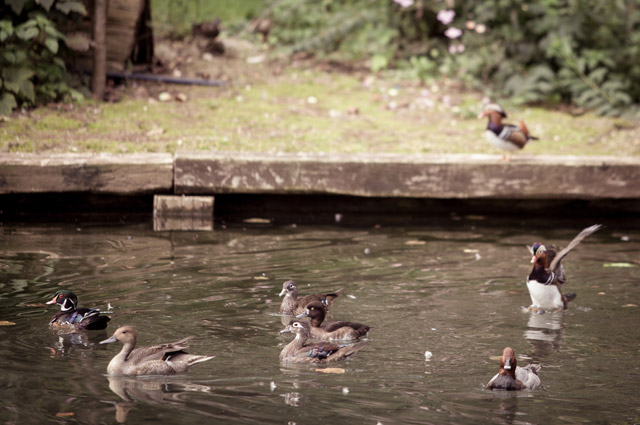
Where nature is special
Close to Paradiso, lying south of Codroipo, you will find the marvelous natural oasis “Parco delle Risorgive”. This spectacular park takes the name from the “risorgive” springs, emerging on the flat soil in crystal-clear freshwater wells. An incredibly fascinating natural phenomenon typical of this area that results in a highly poetical and evocative environmental context, characterized by a unique ecosystem rich in plants and animal life.
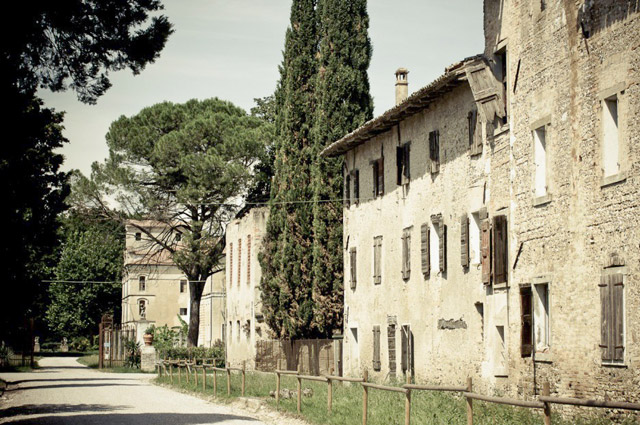
And history is very special too
The existence of Paradiso (“Paravîs” in the Friulan local language) had been recorded already during the Middle Ages. The borough developed then during the 17th century acquiring its current appearance also because of the arrival of the noble family Caratti that reclaimed the land for agricultural development. The heavenly name (Paradiso which means Paradise in English) was inspired by the environmental peculiarities of the area, rich in rivers, risorgive springs, plants and animal life… A real “Paradise on Earth”!
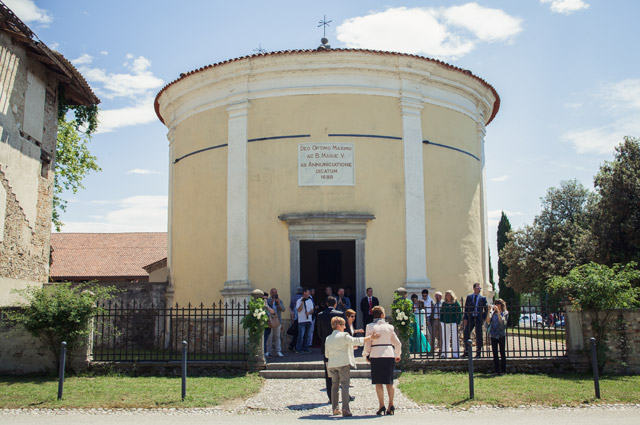
Among the houses of the borough
The houses of the borough, once home to the colonists, show the typical traits of rural Friulan buildings: an inner courtyard onto which give the barn, the shed and the abode, provided with the typical fogolâr stove in the interior. Toward the end of the 17th century, the marvelous church of Santa Maria Assunta was built: characterized by a distinctive round base, the building was soon nicknamed “La Rotonda” (the round one). Dating back to the same epoch are the suggestive “Villa Caratti Fraccaroli” and “Villa dei Giudici Veritti”.
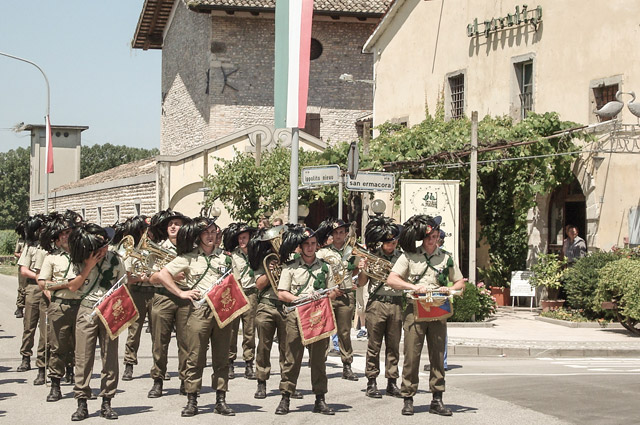
November 4th 1918, the last sacrifice
At 15:00 of the 4th November 1918 entered into force the truce that put an end to the Great War. It was actually in Paradiso, 5 minutes before the cease-fire that the last, desperate sacrifice of the Italian cavalrymen and “bersaglieri” that, whilst aware of the forthcoming armistice, leaped to win back the borough, which was seized by a Hungarian troop. 9 fell in battle. Few months later a monument was inaugurated by the Duke of Aosta – the first war memorial in Italy to be dedicated to the fallen of that conflict – as an everlasting memory of their self-sacrifice.
